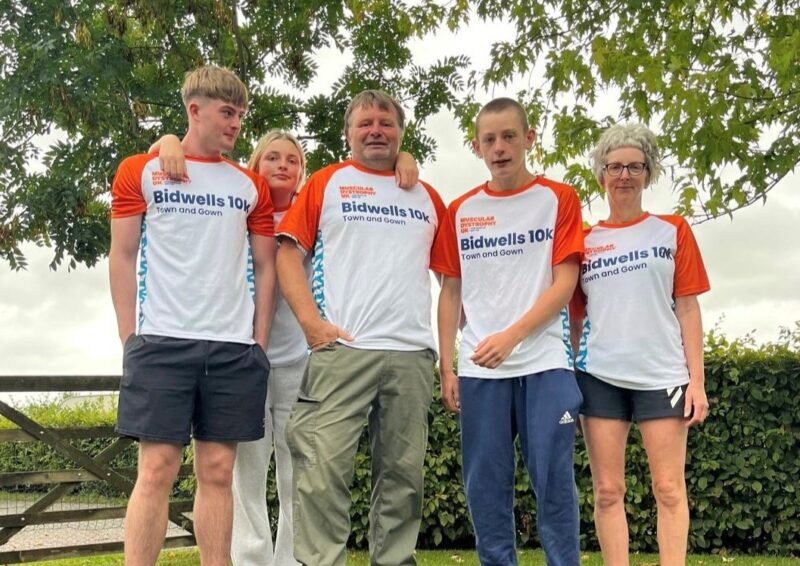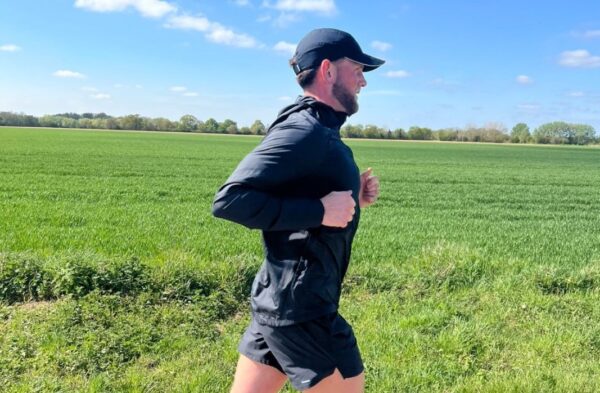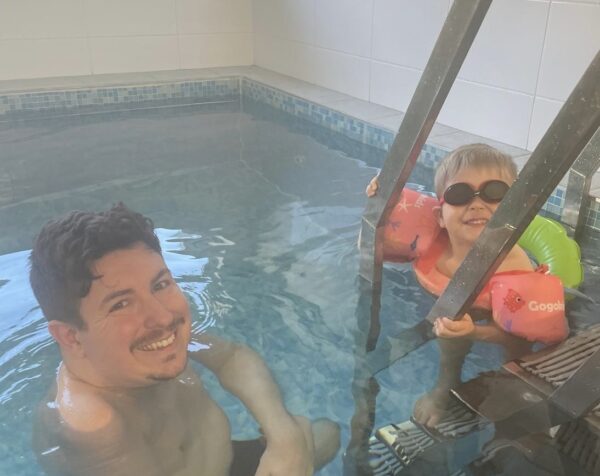People with sarcoglycanopathies should have access to a multi-disciplinary healthcare team to help manage the condition and symptoms – a team of health professionals working together. Usually, the lead professional will be a neurologist.
There is a Highly Specialised Service for LGMD based at the John Walton Muscular Dystrophy Research Centre, part of Newcastle upon Tyne Hospitals NHS Foundation Trust. It’s a national centre and you can ask your doctor to refer you to this service for a second opinion or for specialist advice on managing your condition. Your day-to-day care will remain with your local healthcare team. The service offers advice to both clinicians and patients to get a diagnosis or to help manage LGMD. Referrals can be addressed to Prof Chiara Marini-Bettolo and Dr Lizzie Harris.
Breathing problems
Breathing problems are more common as the condition develops but can happen at any time. Regular monitoring of respiratory function is recommended.
These checks usually include:
- Forced vital capacity (FVC) – a test that measures how much air you can breathe out. It should be done both sitting up and lying down.
- Peak cough flow (PCF) – a test to check how strong your cough is.
- Sometimes, an overnight pulse oximetry test is needed to check your breathing while you sleep.
FVC and PCF are usually done at your muscle clinic appointments. If results show any problems, you may benefit from using a breathing machine at night (assisted ventilation).
Symptoms of breathing problems can include:
- Poor sleep
- Headaches when waking up in the morning
- Sleepiness during the day
- A higher chance of getting chest infections
Those with breathing problems should see a specialist for regular checks. They are likely to recommend yearly flu and pneumonia vaccines.
For more information, see our breathing page.
Heart problems
Heart problems are common in most sarcoglycanopathies. They’re less common in LGMDR3.
Regular checks with a heart specialist (cardiologist) will help monitor heart health, and medication may be offered to protect the heart. This usually involves an ECG (electrocardiogram) and echocardiogram. At times a cardiac MRI is also needed.
For more information, see our heart page.
Exercise and physiotherapy
Keeping mobile helps keep your joints flexible and muscles as strong as possible. It’s important to do the right amount and type of exercise. In general, it’s recommended to exercise regularly, but aim to feel fully recovered by the day after. Some mild muscle soreness is okay, but exercise should not cause pain or weakness that limits your everyday activities.
A physiotherapist is a healthcare professional who helps manage symptoms through movement, exercise, and manual therapy. They can assess symptoms and suggest exercises that are suitable. Finding activities that are enjoyable can make it easier to regularly do them.
Exercise can help in three main ways:
- Keeping your joints and muscles flexible
This is done through stretching exercises, which target specific joint contractures (tightness) or improve overall mobility. Often, tightness can develop if the joints have more limited movement due to the weakness. It’s important to stretch regularly – ideally four to six times a week – to feel the benefits.
- Keeping your muscles as strong as possible
Strengthening exercises involve working against resistance. This could include using your own body weight, resistance bands, or small weights. These exercises should allow you to do only a few repetitions (around 12 to 15). Aim to do strength training two to three times a week.
- Maintain your heart and lung response to exercise
Aerobic exercise involves activities done for a longer period of time (around 45 minutes), at an effort level where it becomes too difficult to talk during it. Depending on your ability, this could involve walking, Nordic walking, swimming, dancing, arm cycling, or driving a powered wheelchair. Aerobic activity is recommended three to four times a week.
We have exercise advice for children and for adults.
If fatigue is a concern, see our fatigue management guide for practical tips and support.
Orthotics
Physiotherapists may suggest using orthotics. These are devices worn to help make it easier to stand and move. They can support the muscles in the feet, knees, shoulders or back. A specialist can put in a referral to the local orthotics team for an assessment.



